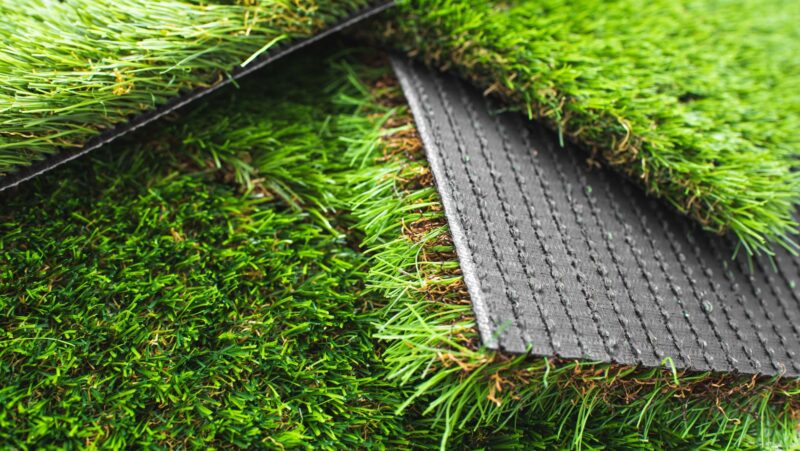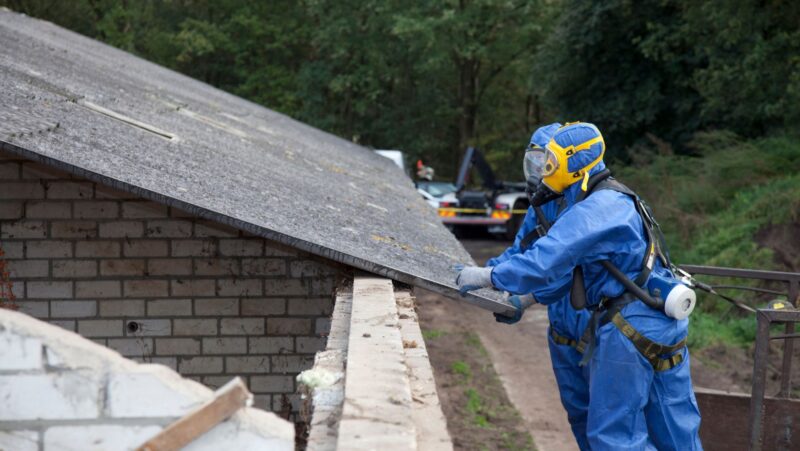
Siphoning water is the process of using a hose or other device to draw water from one location and transport it to another. This can be done by using gravity to pull the water through a hose, or by using suction to draw the water up through a hose. Siphoning is often used to transfer water from one container to another, or to empty a pool or other body of water.
Siphoning can be used to draw water from a variety of sources, including ponds, lakes, streams, and wells. It is a popular method for watering plants, as it can be used to transport water from a container to the plant’s roots without wetting the plant’s leaves. Siphoning can also be used to clean out a clogged sink or drain.
how to siphon water
There are several different methods for siphoning water, and the process can be performed using a variety of devices. At its most basic level, siphoning involves drawing water up through one end of a hose or tube by creating a vacuum on the other end. This can be done by tilting the container holding the water so that it forms an inverted “U” shape and the water runs out of a lower opening. A hose or other tube is then connected to this opening and placed in another container, allowing the water to flow through it by gravity. Alternatively, a device can be used that takes advantage of atmospheric pressure to create the vacuum needed for siphoning. This may involve using a pump to remove air from the container holding the water, or placing a finger over the end of the hose or tube and then submerging it in the water. When the finger is removed, atmospheric pressure will cause the water to flow into the hose or tube.
The benefits of siphoning water
Siphoning is a convenient way to transfer water from one location to another without having to carry it. This can be especially helpful when moving large quantities of water, such as when emptying a swimming pool. Siphoning can also be used to draw water from sources that may be difficult to access, such as a pond or lake. Additionally, siphoning can help reduce water waste, as it allows people to transport water from a container or stream and directly apply it to the area where it is needed.
Tips for using and maintaining your siphon hose
When using a siphon hose, it is important to take measures to ensure that the water being drawn is clean and safe to drink. If you are using a hose to draw water from a stream or other body of water, be sure to clean the hose before each use. Additionally, it is best to avoid using a hose that has been used for other purposes, such as a garden hose or pool vacuum hose, as these may contain contaminants that can be harmful if ingested. To avoid clogs or other issues, it is also important to make sure that your siphon hose is clean and in good condition. This may involve periodically replacing the parts of the hose that are most susceptible to wear and tear, such as the O-rings. Finally, be sure to store your siphon hose in a clean, dry place when not in use.
how to install a siphon water system
Installing a siphon water system is a relatively simple process that can be completed in a few steps. First, choose a location for your system. This should be an area that is easily accessible and near the water source that you will be using. Next, assemble the parts of your system, which will include a pump, hose, and storage container. Once everything is in place, turn on the pump and allow the water to flow into the container. When the container is full, turn off the pump and disconnect the hose. Your siphon system is now ready to use.












